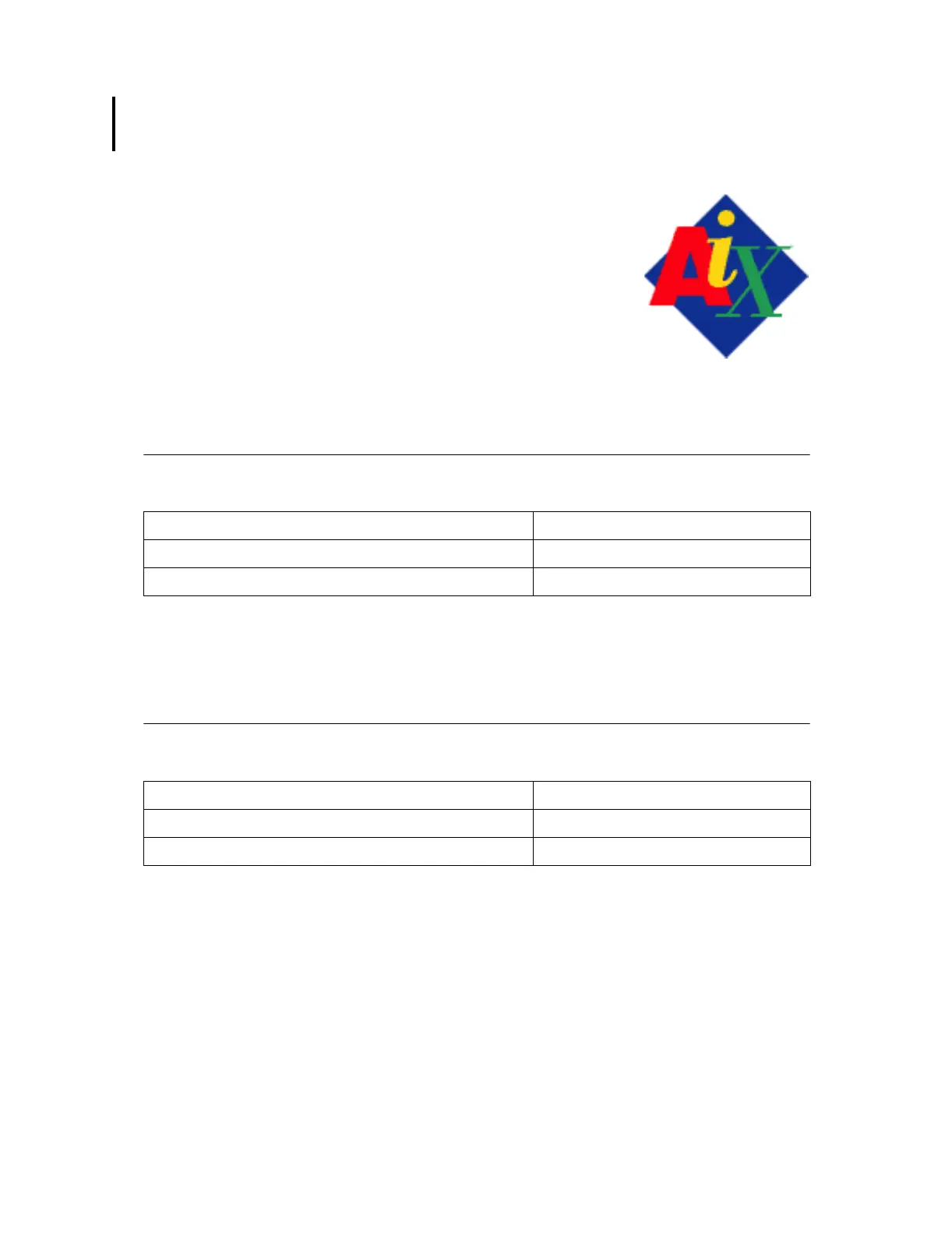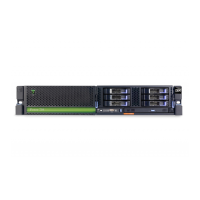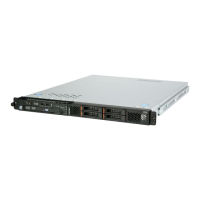Operating System/400 (5722-SS1)
494 iSeries Handbook
Each sub-task runs independently on a separate processor. Once the sub-tasks complete,
the results of each sub-task are combined to form the complete query result. Because of
single-level store architecture of OS/400, these sub-tasks efficiently process information on
behalf of a user query request. Queries involving table scans, index scans, joins, or group-by
operations, will realize the greatest performance benefit from SMP database parallelism.
DB2 Symmetric Multiprocessing for OS/400 can be configured
differently for each user of the system. This allows a system
administrator to have the greatest control over how parallelism is
used on a system, and thus greater control over how system
resources are used. Part of this enablement process allows the
selection of just how much parallelism is used, or in other words,
how many sub-tasks are used for each query. Using fewer
sub-tasks than processors available allows a greater amount of the
total system resources to be used by other users. Using more
sub-tasks than processors available, allows an individual user to
use more of the total system resources. This flexibility allows administrators to balance the
needs of all system users with the available resources.
DB2 Multisystem for iSeries (5722-SS1 Option 27)
DB2 Multisystem for iSeries allows multiple iSeries servers to be connected so the
processing power and storage capacity of all the servers can be used. From a database
perspective, these interconnected iSeries servers appear as a single large system. It is
intended for use when iSeries servers are used for large data warehouse installations.
PASE (Portable Application Solutions Environment) (5722-SS1 Option 33)
Included in base No
Status Charged feature
Related products DB2 Symmetric Multiprocessing
Included in base No
Status Charged feature
Related products

